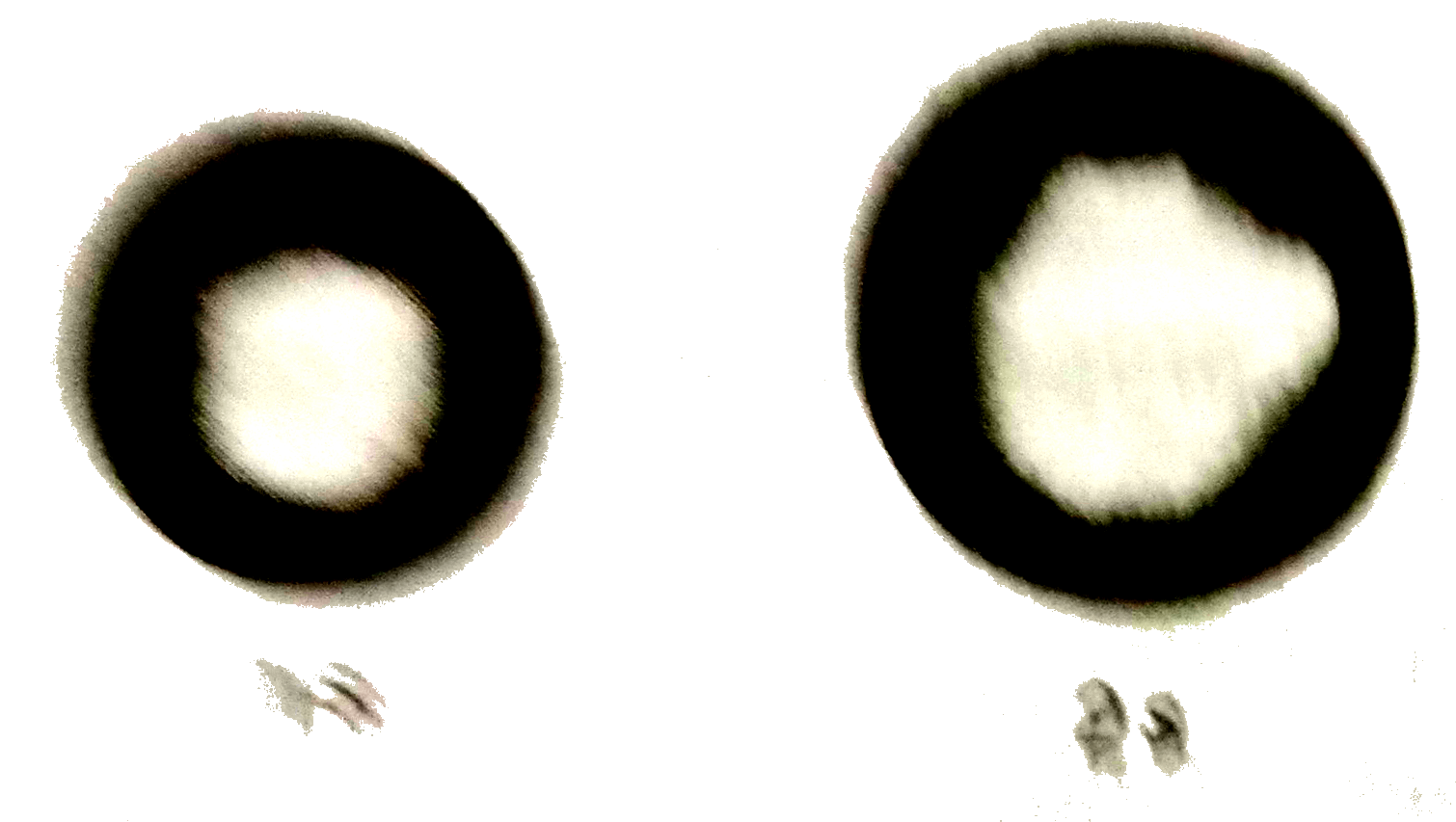All Questions from NCERT CHEMISTRY Chapter 10 STRUCTURE OF ATOM for Class 11
| Class 11 | CHEMISTRY |
| Chapter | STRUCTURE OF ATOM |
| NCERT CHEMISTRY | All Questions |
| Medium | English |
| Academic Year | 2023-2024 |
Question 27
The arrangement of orbitals on the basis of energy is based upon their (n+l) value. Lower the value of (n+l), lower is the energy . For orbitals having same values of (n+l). The orbital with lower value of n will have lower energy.
I. Based upon the baove information arrange the following orbitals in the increasing order of energy.
(a) 1s,2s,3s,2p (b) 4s,3s,3p,4d
(c) 25p,4d,5d,4f,6s (d) 5f,6d,7s,7p
II. Based upon the above information Solve the question. give below.
(a) hich of the following orbitals has the lowest energy
4d,4f,5s,5p
(b) which of the following orbitals has the higher energy?
5p,5d,5f,6s,6pView SolutionQuestion 32
The Balmer series in the hydrogen spectrum corresponds to the transition from n1=2 to n2=3,4........ This series lies in the visible region. Calculate the wave number of line associated with the transition in Balmer series when the electron moves to n=4 orbit.
(RH=109677cm−1) View SolutionQuestion 33
According to de-Brogile, matter should exhibit dual behaviour, that is both particle and wave like properties. However, a cricket ball of mass 100 g does not move like a wave when it is thrown by a b owler at a speed of 100km/h. calculate the wavelength of the ball and explain why it does not show wave nature. View SolutionQuestion 41
Hydrogen atom has only one electron, So, mutual repulsion between electrons is absent. However, in multielectron atoms mutual repulsion between the electrons is significant. How does this affect the energy of an electron in the orbitals of the same prinicipal quantum number in multielectron atoms?View SolutionQuestion 50
Thershold frequency, v0 is the minimum frequency which a photon must possess to eject an electron from a metal. It is different for different metals. When a photon of frequency 1.0×1015s−1 was allowed to hit a metal surface, an electron having 1.988x10−19J of kinetic energy was emitted. Calculated the threshold frequency of this metal.
equal to 600nm hits the metal surface. View SolutionQuestion 51
When an electric discharge is passed through hydrogen gas, the hydrogen molecules dissociate to produce excited to produce excited hydrogen atoms. These excited atoms emit electromagnetic radiation of discrete frequencies which can be given by the general formula
→v=109677⎡⎣1n2i−1n2f⎤⎦
What points of Bohr's model of an atom can be used to arrive at this formula? Based on these points derive the above formula giving description of each step and each term. View Solution





